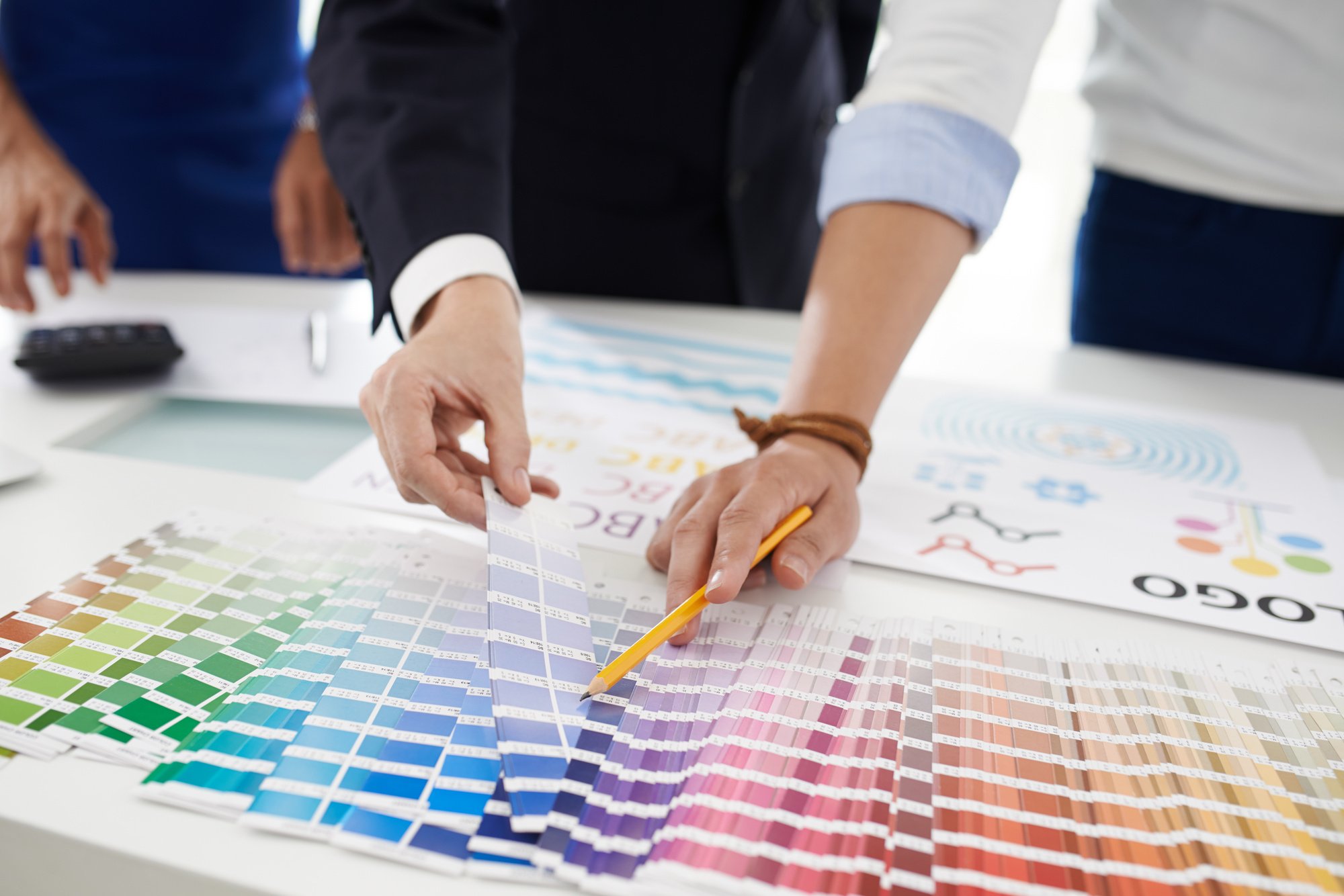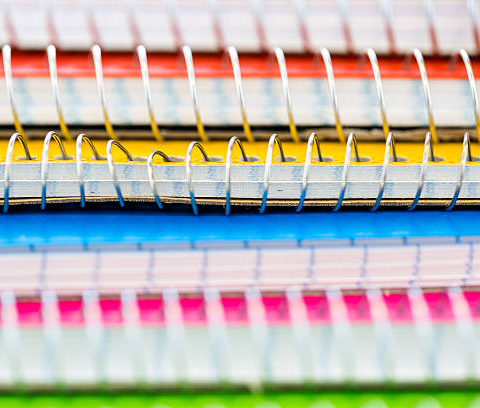A logo is more than just a visual representation of your brand. It’s a powerful tool that communicates your identity and values to your audience.
To create a strong logo that resonates with your target market, you need to consider several key elements.
In this guide, we’ll explore the 7 essential components of designing a compelling logo for your brand. So take some time to discover these key elements.
1. Simplicity is Key
One of the fundamental principles of logo design is simplicity. A simple logo is memorable, easily recognizable and versatile. Think of iconic logos like Apple’s apple or Nike’s swoosh. These logos are simple yet instantly recognizable.
When designing your logo, strive for clarity and avoid clutter. A clean, straightforward design will leave a lasting impression. It can make it easier for your audience to connect with your brand.
It is important that the logo has a design that is not complex and have an easy-to-understand meaning. Logos with fewer elements often are remembered more easily because they are easy for the mind to process.
Make sure there’s some spacing and room to ‘breathe’ around the logo, which can also help create an air of sophistication. Keep your logo design fresh, yet classic, to represent your brand for years to come.
2. Uniqueness Sets You Apart
Your logo should set your brand apart from the competition. It should be distinct and instantly distinguishable from others in your industry. Avoid clichés and overused symbols.
Instead, focus on creating a unique visual identity that captures the essence of your brand. Conduct thorough research and ensure your logo doesn’t resemble existing trademarks or logos.
Stay away from common symbols and images like:
- arrowheads
- speech bubbles
- globes
- dice
Think of a modern twist on classic themes or draw inspiration from unexpected sources. Ideas like drawing from popular culture or forming an abstract from a popular saying will help to differentiate your logo from existing ones.
When creating a logo, you should think outside the box, trying to break the rules to create something interesting and eye-catching.
3. Relevance to Your Brand
Your logo should reflect your brand’s identity, values, and core message. It serves as the visual ambassador of your brand, conveying critical information about your business without the need for words.
Consider the emotions and associations you want your audience to experience when they encounter your logo. For instance, if your brand is known for its playful and creative approach, your logo should incorporate elements that exude fun and innovation. In contrast, a brand striving for professionalism and seriousness, such as a law firm, would opt for a more classic and formal design.
The key is alignment. Your logo should seamlessly integrate with your overall brand image. If you’re a sustainable and eco-conscious brand, elements in your logo might symbolize nature or incorporate green hues to convey environmental awareness. Conversely, a tech company might choose sleek and futuristic design elements to mirror innovation.
4. Versatility Matters
Your logo will appear on various platforms, from business cards to billboards, and from websites to social media profiles. It should look great and maintain its impact across all these mediums.
Ensure that your logo works in both color and grayscale and is scalable without losing its quality. A versatile logo can adapt to any context, maintaining its recognition and appeal. As you embark on your logo design journey, you may encounter the need for various design and business branding services.
A good idea would be to look into freelancing services like FreeUp and the like. You can explore FreeUp pricing options, for example, where you can find skilled freelance designers and find out how much budget you would need to prepare, should you decide to hire one. When talking about creating versatile designs, the Internet’s marketplace has a vast number of services to back you up.
5. Color Psychology
Color is a language of its own. In the world of logo design, it’s a powerful tool for conveying emotions and connecting with your audience on a subconscious level. Each color carries its own unique psychological associations.
Understanding these can help you make informed choices when selecting a color palette for your logo. Red represents passion, energy, and excitement. Blue evokes trust, professionalism, and calm. Green symbolizes growth, health, and nature.
Yellow conveys optimism, happiness, and creativity. Finally, black represents sophistication, luxury, and elegance. The color palette you choose should align with your brand’s personality and values.
While each color carries its own set of associations, the true magic often happens when colors are combined. The right color combination can create a harmonious and impactful visual identity for your brand.
Consider how different colors interact and complement each other when designing your logo. Additionally, be mindful of cultural and regional associations with colors, as interpretations can vary.
6. Typography Matters
The choice of fonts, also known as typography, plays a crucial role in logo design. Typography can convey the style and personality of your brand. For example, a sleek and modern tech company may use a minimalist, sans-serif font, while a boutique bakery might opt for a playful, handwritten script.
Ensure that the chosen font is legible and complements the overall design of your logo. Typography communicates the essence of your brand. The right font can evoke specific emotions, set the tone, and create a memorable impression.
7. Timelessness Ensures Longevity
It’s essential to create a logo that feels contemporary and relevant today. But, it’s equally important to consider its longevity. Trends come and go, and a logo that follows a passing trend may become outdated quickly.
Aim for a design that stands the test of time and remains relevant for years to come. Think of iconic logos like Coca-Cola or McDonald’s; they’ve undergone minor tweaks over the years, but their core logo elements have remained consistent.
The logo should have an overall elegant aesthetic as it conveys the idea of timelessness. It should express the brand’s message and mission without having to be rewritten or reinvented.
Crafting Your Brand’s Identity With a Strong Logo
Designing a strong logo for your brand involves careful consideration of key elements such as simplicity, uniqueness, relevance, versatility, color psychology, typography, and timelessness. Each of these elements contributes to creating a logo that not only represents your brand visually but also communicates its identity, values, and message effectively.
By following a structured design process and incorporating your unique brand story, you can create a logo that resonates with your target audience and stands the test of time.
If you think this article is helpful, check out our other blogs!







